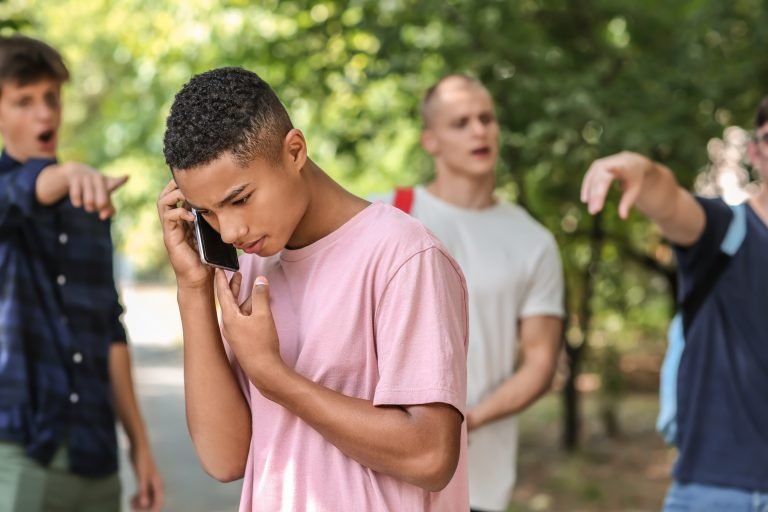A Teacher Guide for Effective Classroom Management

Alright, let’s talk classroom management—probably the unsung hero of a smooth-sailing educational experience. Ever feel like you’re more of a lion tamer than a teacher? You’re not alone.
Effective classroom management is less about taming wild beasts and more about creating an environment where everyone feels respected, involved, and ready to learn. This guide is going to walk you through some tried-and-true strategies that can help transform your classroom into the kind of place where magic (a.k.a. learning) happens.
So, whether you’re a seasoned pro looking for new tricks or a newbie eager to start on the right foot, let’s dive into making your classroom a better place for everyone.

Creating a Classroom Where Everyone Wants to Be
Classroom management is all about crafting an environment where students feel safe, respected, and eager to learn. It’s like being the director of a movie where every student plays a crucial part in creating a blockbuster hit. Let’s break down some strategies that can help you direct a classroom masterpiece.
1. Set Clear Expectations
Right from the get-go, it’s key to lay down what you expect from your students—not in a “because I said so” way, but in a “here’s how we can all thrive” manner. Make your rules clear, concise, and, most importantly, achievable. It’s like setting the rules of a game: everyone plays better when they know what’s allowed and what’s a foul.

2. Build a Strong Relationship Foundation
Think of your classroom as a little community. For any community to thrive, its members need to feel valued and understood. Take the time to get to know your students—not just their names and grades, but their interests, challenges, and what makes them tick. A little empathy goes a long way in building respect and cooperation.
3. Engage, Don’t Just Lecture
Remember sitting in class, watching the clock, and waiting for the bell? Let’s try to avoid that. Keep your lessons dynamic and interactive. Mix up your teaching methods to include discussions, group work, and hands-on activities. The more engaged your students are, the less likely they are to cause disruptions.

4. Consistency Is Your Best Friend
Consistency in enforcing rules and routines helps create a predictable and secure environment. When students know what to expect, they’re more likely to feel comfortable and less likely to test boundaries. Just like in sports, a consistent referee makes the game more enjoyable for everyone.
5. Empower Your Students
Give your students some control over their learning environment. This can be as simple as letting them choose between activities or having a say in setting some class rules. When students feel they have a stake in the classroom, they’re more invested in making it a positive place.

6. Deal with Issues Calmly and Privately
Even in the best-managed classrooms, issues can pop up. When they do, address them calmly and privately, away from the audience of other students. This respects the dignity of the student involved and keeps the situation from becoming a spectacle.
7. Keep Learning and Adapting
Last but not least, be open to learning and adapting your strategies. What works one year might not work the next, and that’s okay. Stay curious, seek feedback, and be willing to tweak your approach. After all, teaching is a journey, not a destination.
Looking for a fresh spin to tackle classroom challenges and boost that growth mindset among your students? I’ve got just the thing – “Rate the Problem Task Cards” up for grabs on Teachers Pay Teachers. This clever little resource is all about helping kids understand not every problem is a mountain; some are just tiny molehills. It’s a game-changer for behavior, growth mindset, and keeping the peace in your classroom. These task cards get kids thinking, talking, and realizing that with a bit of perspective, they can handle anything that comes their way. Super useful for group discussions or individual reflection.
Wrapping It Up with a Bow
There you have it—a no-stress guide to classroom management that can help make your teaching experience more rewarding and less about crowd control. Remember, the goal is to create an environment where learning thrives and students feel part of a community. By setting clear expectations, building strong relationships, and staying flexible, you’re well on your way to creating a classroom where everyone, including you, wants to be.
What strategies have you found effective in your classroom? Share your experiences and tips in the comments below. Let’s learn from each other and keep making our classrooms amazing places to grow and learn!














